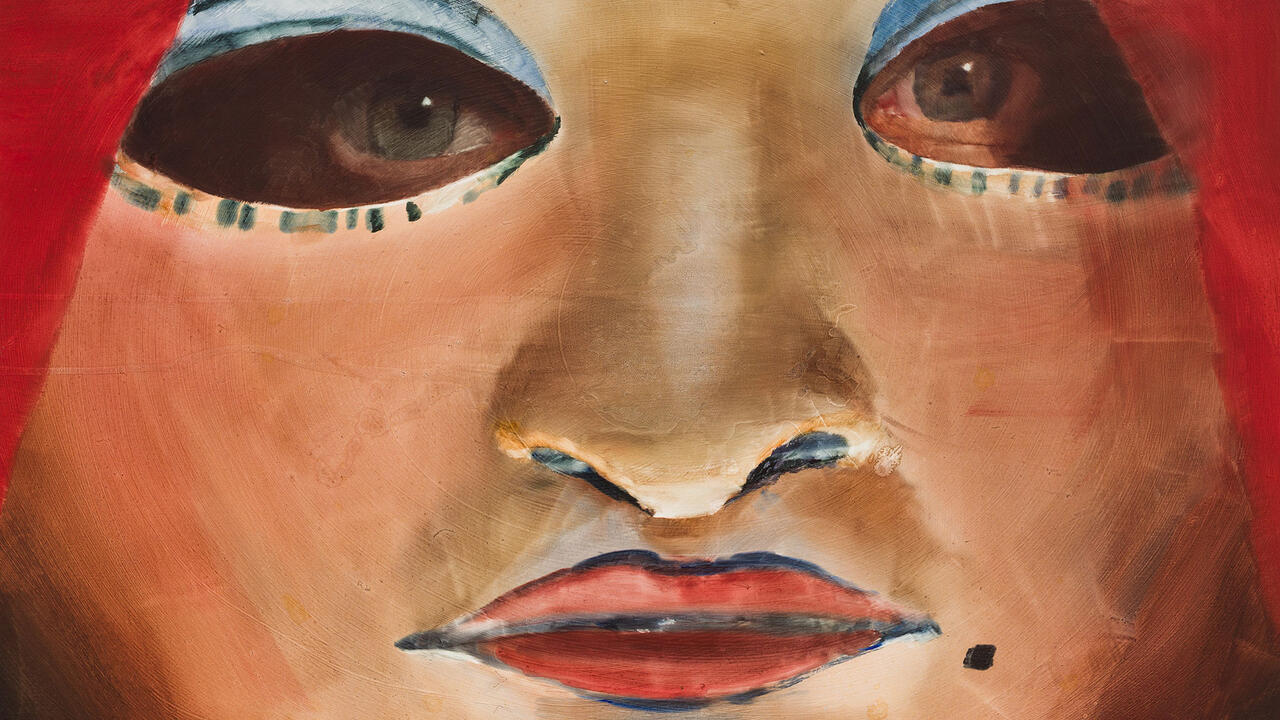Beatriz Milhazes

Like it or not, the work of Beatriz Milhazes stands as a defining force in the history of contemporary Brazilian art. While often acclaimed internationally, her large-scale paintings, silkscreens and collages have long been sneered at by critics in her country of birth as frivolous, kitschy compositions grounded in the effects of colour alone, and lots of it. They have often been read – perhaps misread – as the blurry, ebullient aftermath of a carnival parade.
Milhazes has never denied Rio de Janeiro’s famous street parties and the exuberance of Brazil’s biggest national holiday as an inspiration for her work. Nor would it be possible to ignore the abundant colours of Rio’s botanical gardens, just blocks away from her three studios in the city’s lush southern district, where a deep blue sea meets a curtain of sloping green hills.
But Milhazes doesn’t do landscapes, far from it. Her latest retrospective – at the Paço Imperial, the former residence of the Portuguese royal family – makes clear that each canvas is painstakingly constructed. Milhazes’s geometric approach, which is often underappreciated, reveals her work’s deep connection to the matrix of moder-nity’s tropical manifestations. It is clear that her language is anchored in all things superlative: Milhazes likes the excess of gold, as well as the awkward luxury of the baroque churches that dot the hills of Minas Gerais, the southeastern state from where all the precious metals and stones were taken to fund Portugal’s colonial enterprise.
This is where Milhazes often confounds viewers. While she has always claimed to be an abstract painter, this declaration would seem to be at odds with the recognizable forms scattered across her compositions, from the figure of the
dove, fragments of church frescoes and wooden reliefs to flowers blossoming in psychedelic swirls. But these are not representations: Milhazes treats each and every detail – and this is evident in the sweet wrappers that appear in her collages – as a readymade, things uprooted from reality and transfixed in a picture plane that follows a logic of its own.
And it is a rigid, unflinching system. In a way, Milhazes’s paintings seduce the eye with more than their lavish displays of colour. The artist often overwhelms with a hidden mechanism of transfers, painting each layer on separate sheets of plastic that are later applied to the canvas. What seems spontaneous and whimsical is actually precisely calculated, obeying a grid of stripes and squares that has become more evident in her latest pieces but which has been there from the outset.
If this is Milhazes’s major strength, captured well by curator Frédéric Paul in his chronological display of some 60 works, it is also the point at which she comes closest to making a political statement. Together with her contemporary Adriana Varejão, Milhazes dared to break away from the legacy of concrete and neo-concrete art in Brazil, which to this day informs much of the country’s artistic production, diving instead into a hedonistic mass of sensuous forms.
But these lie only on the surface. What Milhazes seems to scream in her compositions is that Brazil was never as unilateral or rigid as the early stages of concrete art appear to suggest. Harking back to Tarsila do Amaral and the anthropophagy move-ment of the early 20th century, the artist fuses two distinct historical periods, the country’s opulent and at once miserable colonial heritage and its post-dictatorship state of tattered populist utopias.
Nothing is as crisp and clear as the concretists would have wanted it to be: flaws poke through the surface of their works, evidence of a social and political reality more concerned with appearance than with a sturdy support structure. Maybe this is why looking at a painting by Milhazes often translates to a guilty pleasure – too much sugar and reverie in a state still struggling with its very building blocks.














